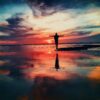Introduction
Yoga is an ancient practice that has been around for centuries, but it is only recently that it has become popular in the West. It has been found to be helpful in improving physical and mental wellbeing, as well as providing a sense of peace and relaxation. This guide will provide an introduction to yoga, including different types of poses, breathing techniques, and how to get started. You will also learn about the various benefits of yoga and how it can help you achieve your goals.
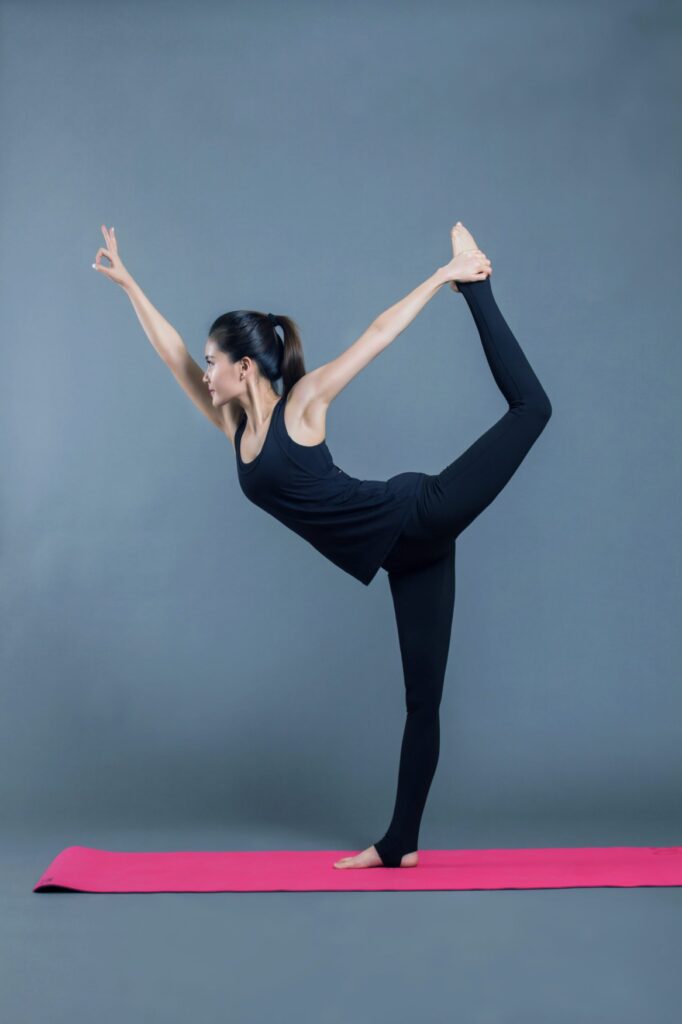
A Guide To Yoga
Yoga An Ancient Practice
Increased Self Awareness
Regular practice of Yoga can help you unlock the best version of who you are. You will gain increased self-awareness, improved physical health, and a positive outlook on life. Yoga is more than just physical exercise; it’s an experience that can transform your life.
By developing a practice routine, you can cultivate inner peace and balance to help you excel in life. You don’t need to be an expert yogi; all you need is dedication and commitment. With time and patience, regular practice of Yoga will bring about positive changes in your life.
You are providing an opportunity to connect with your body and mind in a way that is both calming and energizing. Start your journey towards self-discovery and spiritual growth today with the help of Yoga. Through mindfulness meditation, you can unlock potentials within yourself that can bring about a significant transformation in both your body and mind.
Find What Works Best
Practice With Caution
Whatever style of Yoga you choose, always practice with caution and listen to your body. Proper form is necessary to get the most out of your practice while avoiding injury. Remember to stay hydrated and take breaks when needed. With good preparation, Yoga can be a fantastic way to bring balance into your life.
Be sure to explore the possibilities and find how Yoga’s myriad benefits can become part of your life! Our guide is here to help beginners understand the basics of yoga postures, breathing techniques, and meditation.
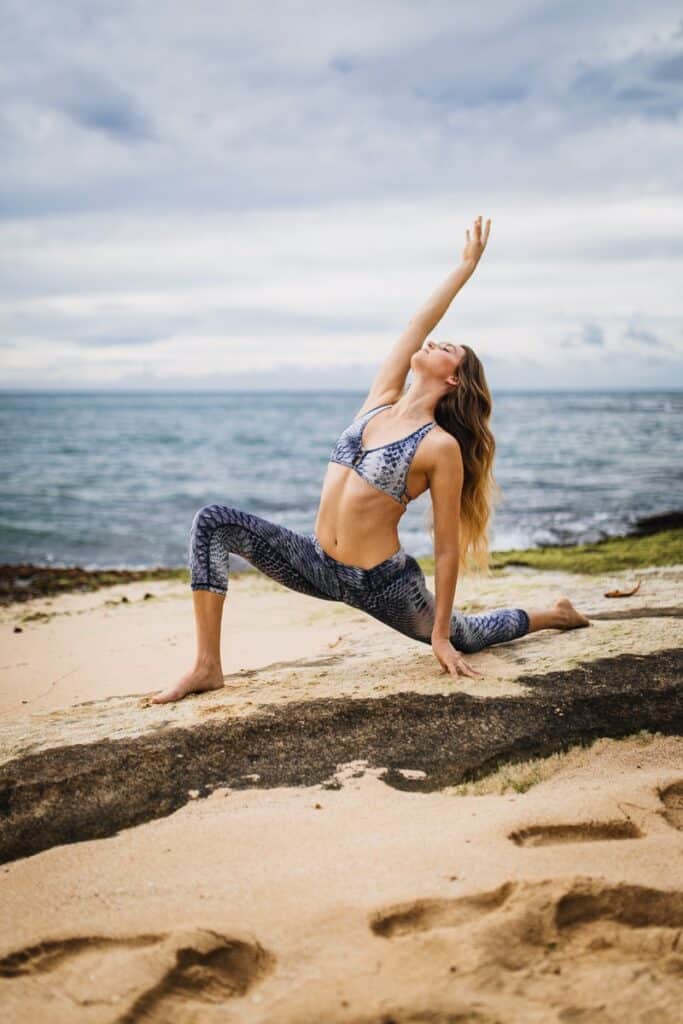
What Is Yoga?
Yoga Means ” Union “
Improves Balance
Asanas

What Are The Benefits Of Yoga?
Plethora Of Benefits
Improved Strength And Balance
Yoga also has many health benefits, such as improved strength and balance, improved posture and coordination, enhanced immune system function, and reduced risk of chronic disease. Regular practice increases strength, improves posture, and reduces pain and injuries.
Yoga may also reduce the risk of heart disease by improving breathing, reducing stress hormones, and decreasing blood pressure. With regular practice and dedication to yoga, you can expect to experience excellent results over time.
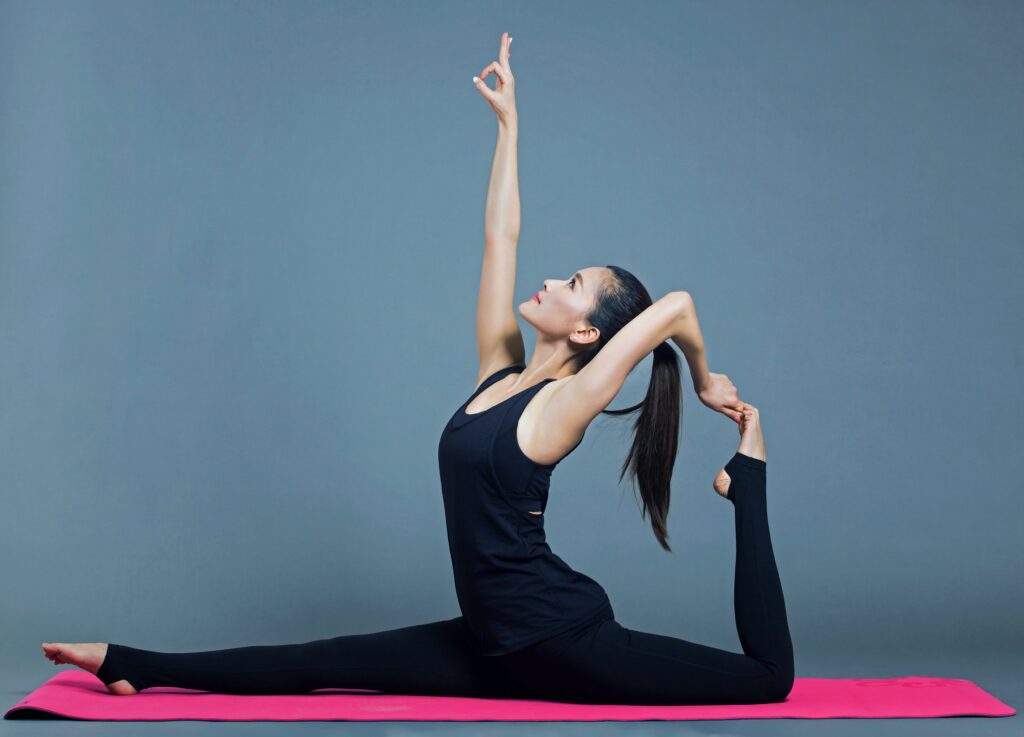
What are the Different Types of Yoga?
Unique Benefits
Aside from the physical benefits, Yoga can help to reduce stress levels and improve mental clarity. It can also bring about a greater sense of self-awareness and mindfulness. Yoga is an excellent way to look after your body and mind – regardless of age.
Hatha Yoga
One of the most popular styles of Yoga is Hatha Yoga, which focuses on postures and breathing exercises. Hatha is a more physical type that increases and enhances overall well-being. Other more specialized styles, like
Yin Yoga
Yin Yoga is designed to help target specific body areas by holding poses for extended periods. It is also great for relaxation and stress relief.
Yoga Nidra
If you are looking for something more profound than Hatha Yoga, consider Yoga Nidra. Yoga Nidra is a form of Yoga that helps to relax the mind and body. This practice focuses on deep relaxation through meditation and visualization. Yoga Nidra can help manage stress, improve sleep quality, and release emotional tensions.
Yoga Nidra is a form of deep relaxation that helps connect you to your inner self and sense of Yoga. It is often used as a form of meditation and is said to be one of the deepest forms of relaxation.
Yoga Nidra can help reduce stress and anxiety while promoting clarity and insight. If you are looking for a practice that will help you relax and recharge, then Yoga Nidra may be your style. Whether you are looking for relaxation or profound transformation, there is a Yoga style that suits your needs.
Vinyasa Yoga
Vinyasa Yoga is another popular style that focuses on connecting movement with breath. It can help improve your strength, coordination, and stamina while providing a cardiovascular workout. Vinyasa Yoga is designed to help you reach a flow state, connecting with your body and mind, allowing for more energy and creativity.
Vinyasa Yoga is a dynamic style of Yoga that encourages movement with breath. This type of Yoga focuses on proper alignment to help improve strength and flexibility. It helps increase energy levels while calming the mind.
Power Yoga
Alternatively, Vinyasa or Power Yoga may be better suited if you are looking for more intense exercise. Both are fast-paced styles of Yoga that focus on movement and flow.
Power Yoga encourages strength and endurance, helping to improve body composition. By building muscle and improving balance, Power Yoga can help to reduce joint pain. It is also great for boosting metabolism and burning calories.
Restorative Yoga
Ashtanga Yoga
Bikram Yoga
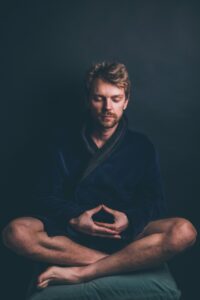
How do I Start Doing Yoga?
Start Practicing
Thirty-One Yoga Poses

These four strategies will help you get started with the practice:
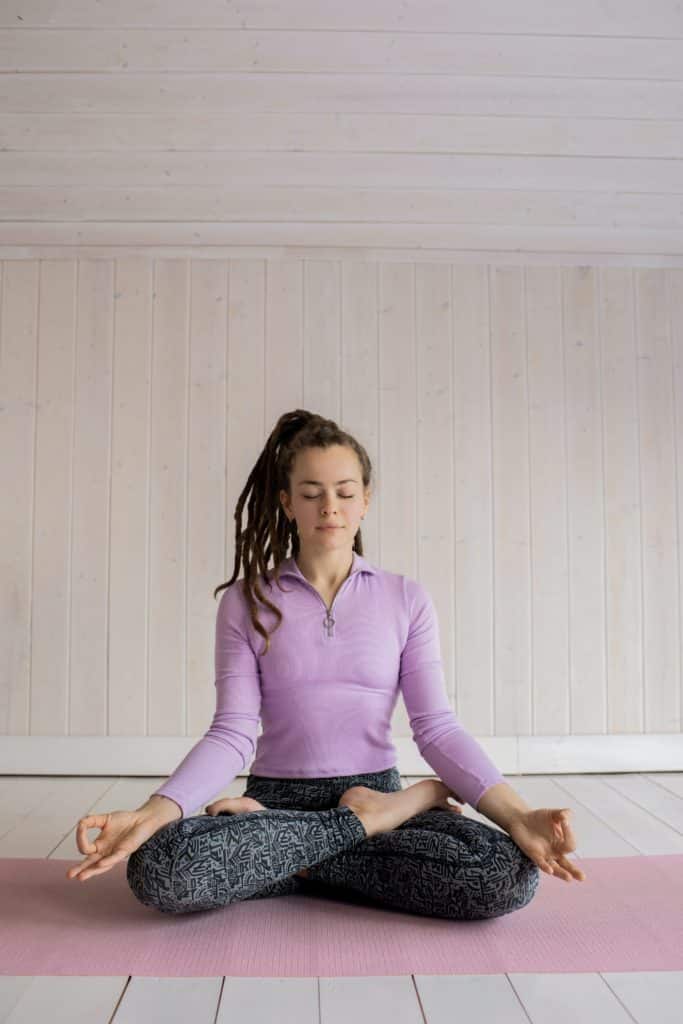
What are the Risks of Doing Yoga?
Injuries Do Happen
Many Injuries
Be Aware Of Limitations
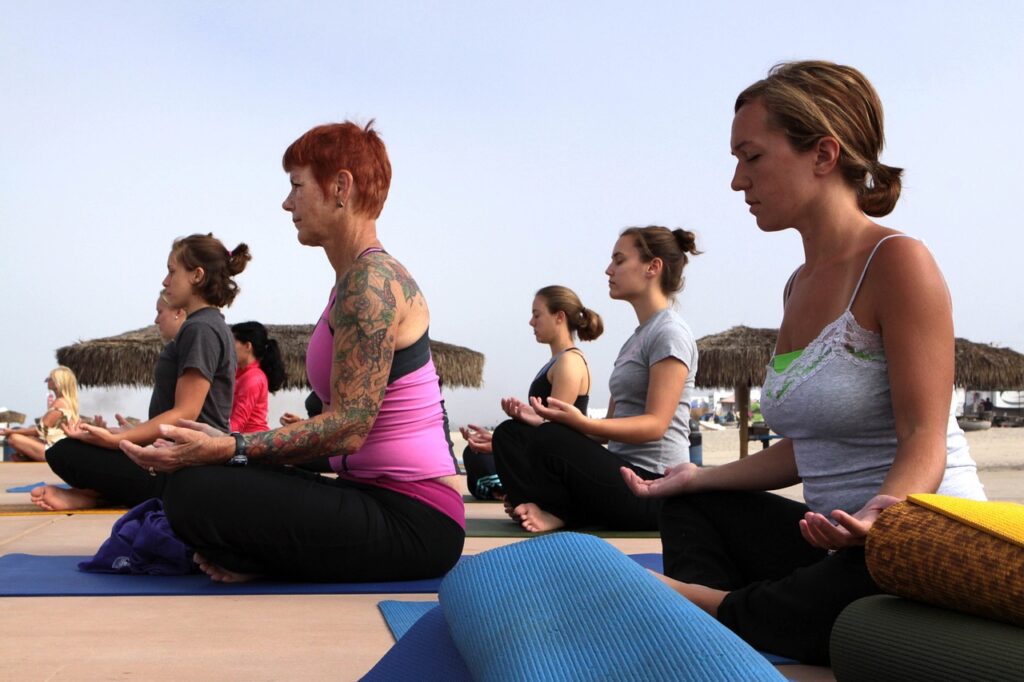
Yoga Is A Great Form Of Exercise
Aligning Your Body
Stay mindful throughout each posture to get the most out of your yoga practice. Awareness of your feelings and what your body tells you will help you adjust accordingly, improving alignment and relieving tension from any areas that need extra attention.
Low Impact
Doing yoga regularly has been shown to improve mental and physical health in various ways. Leading yoga offers numerous benefits, from improved health and flexibility to better mental well-being.
Yoga can also be easily tailored to your needs and preferences, allowing you to go at your own pace. No matter what level of shape you’re in, yoga poses can be adjusted for comfort or intensity.
Holistic Lifestyle
Conclusion
Yoga offers many advantages for your physical, mental, and spiritual health. It’s a great way to stay fit and healthy while developing a sense of inner peace and strength. The beauty of yoga lies in its diversity of styles, poses, and intensity levels, which ensures something for everyone—no matter your age or physical condition.
Of course, similar to any exercise, you should practice safety and caution when doing yoga by only attempting poses you feel comfortable with. The discipline behind practicing yoga makes it a great addition to anyone’s lifestyle, whether used to gain energy or relaxation benefits.
Ultimately, if we commit ourselves to prioritize the well-being of our minds and bodies through yoga practice, we open ourselves to greater possibilities for personal growth. Now let’s all take this newfound knowledge into action by learning more about why we should practice yoga for its benefits to our mental health!
Share via:

